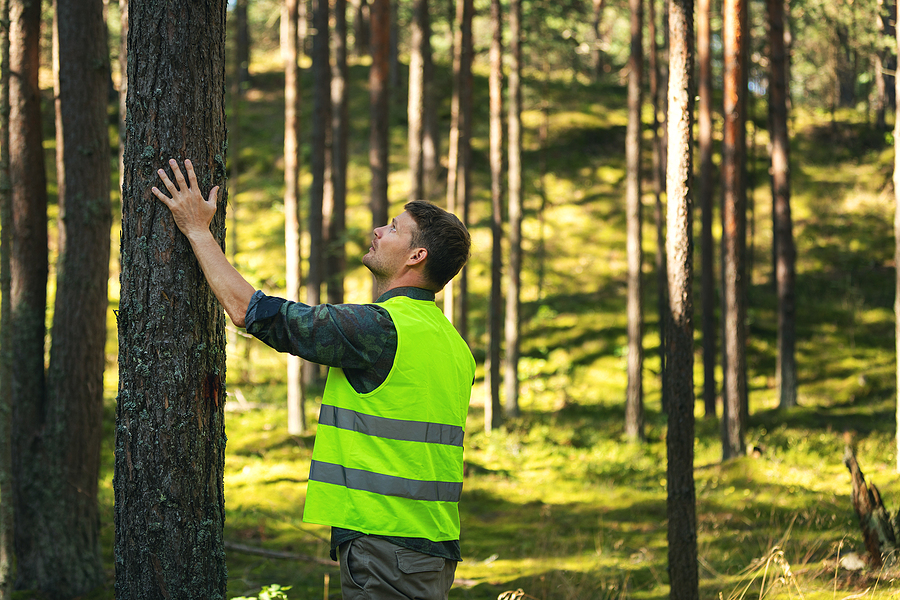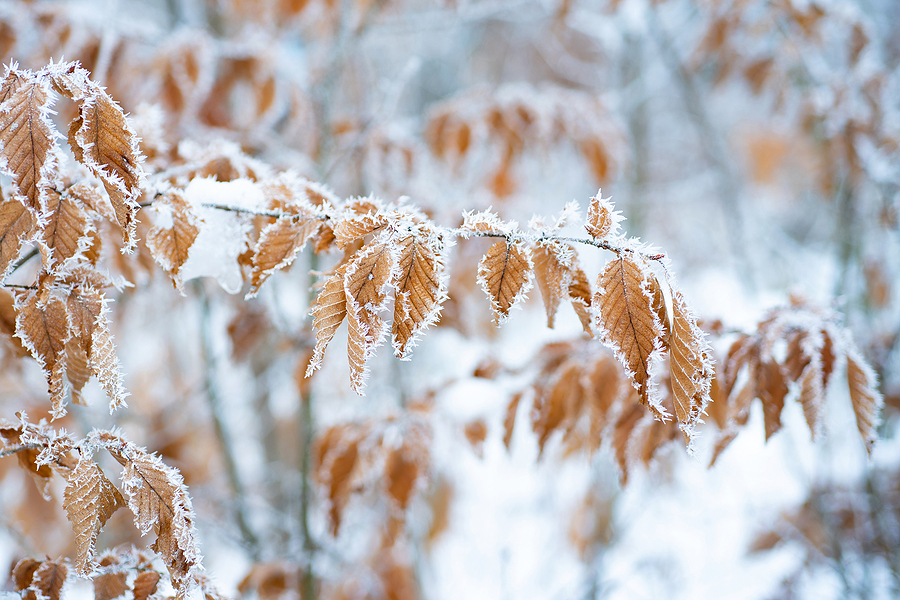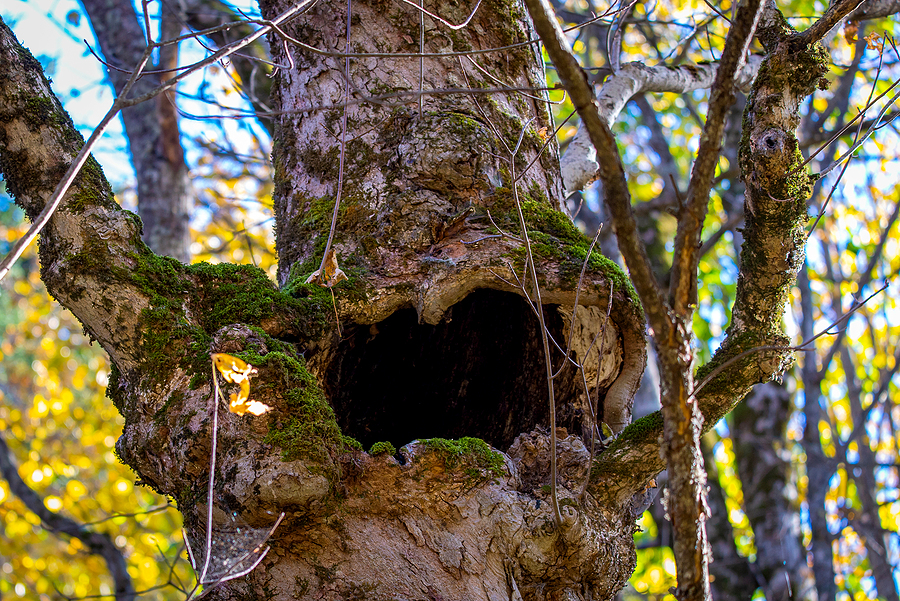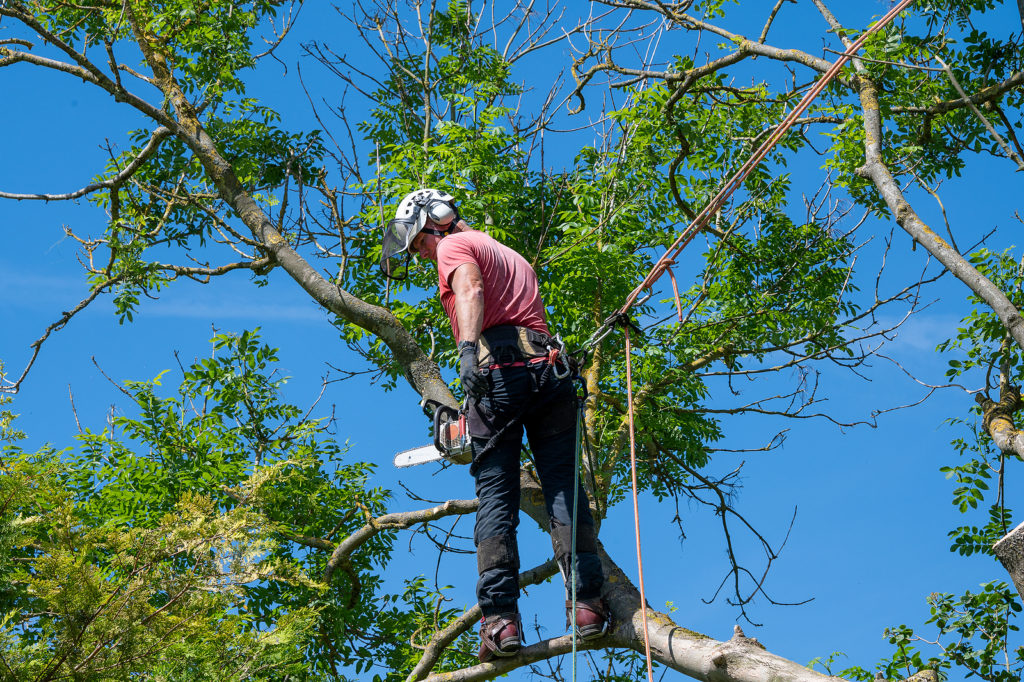Ensuring tree health is an integral part of environmental conservation, and a well-inspected tree is a significant contributor to that goal. In this guide, we aim to equip you with the necessary knowledge and skill set to inspect trees effectively. You’ll be introduced to the basics of tree inspections, how to identify common tree diseases, and the importance of regular checks to maintain tree health.
This guide serves as your first step towards becoming an efficient steward of the environment, helping you understand and appreciate the subtleties of nature’s giants better than ever before. Let’s embark on this journey of learning and discovery together.

Understanding Tree Inspections
Tree inspections are a crucial aspect of tree care that involves examining trees for any signs of stress, disease, or damage. They play a significant role in maintaining the overall health and well-being of trees while also preventing potential hazards. Regular tree inspections can provide early detection and timely treatment for diseases, ensuring the longevity of trees.
There are two types of tree inspections – routine and hazard-specific. Routine inspections involve regular checks to evaluate the overall health of a tree, while hazard-specific inspections are carried out in response to a potential risk or damage caused by extreme weather conditions.
Identifying Common Tree Diseases
Tree diseases are one of the primary factors that can affect the health and longevity of trees. These diseases can be caused by various factors, such as fungi, bacteria, viruses, and environmental stressors. Some common tree diseases to look out for during inspections include Dutch elm disease, oak wilt, and emerald ash borer.
Dutch Elm Disease: Dutch elm disease is a fungal infection that affects elm trees, specifically those in the Ulmus genus. It was first identified in the Netherlands in the early 1900s and has since spread to other parts of Europe, North America, and Asia. The disease is spread by elm bark beetles, which carry the fungus from infected trees to healthy ones. Once infected, the tree’s water-conducting vessels become blocked, causing wilting and eventually death.
Oak Wilt: Oak wilt is a fungal disease that affects oak trees, particularly species in the red oak group such as red oak and black oak. It was first identified in Wisconsin in 1944 and has since spread to other states in the US. The disease is caused by a fungus that invades the tree’s water-conducting vessels, blocking water flow and causing wilting and death of leaves. It can be spread through root grafts between trees or by sap-feeding beetles.
Emerald Ash Borers: Emerald ash borers are invasive beetles that feed on ash trees’ inner bark, disrupting their ability to transport water and nutrients. They were first discovered in Michigan in 2002 and have since spread to many states in the US as well as Canada. The larvae of these beetles tunnel under the bark of ash trees, creating S-shaped galleries which can eventually kill the tree if left untreated.
During inspections, it is essential to observe the overall appearance of the tree, including the leaves, bark, and branches. Look for any visible signs of discoloration or abnormal growth. Also, pay attention to any insect activity or fungi growth on the tree.
Importance of Regular Tree Inspections
Regular tree inspections are crucial for maintaining tree health and mitigating potential hazards. Trees can develop diseases slowly, making it difficult to detect them with the naked eye. Through regular inspections, certified arborists and trained tree care professionals can identify early signs of disease and take appropriate measures to prevent further damage. Additionally, tree inspections can also help identify possible safety threats such as weak or damaged branches, which can pose a threat to people and property. By addressing these issues promptly, risks can be minimized and the safety of the surrounding area ensured.
Wrapping Up
Tree inspections are an essential part of maintaining healthy and thriving trees. They not only ensure the longevity of trees but also play a significant role in environmental conservation. By understanding the basics of tree inspections, identifying common tree diseases, and recognizing the importance of regular checks, you can become an effective steward of the environment. Remember to always consult a professional for complex issues and continue learning about different tree species and their unique needs.
If you suspect that your trees could use a professional tree inspection and health assessment, don’t hesitate to get in touch with our team. Contact Complete Tree Care at 317-783-2518 for licensed and insured tree service in Indianapolis, Indiana and get instant advice from a certified arborist today. We serve residential and commercial clients with comprehensive tree care solutions.
Related Posts:
How Regular Tree Maintenance Can Enhance Your Curb Appeal
Why Hiring a Professional Tree Care Service is Worthwhile
Forever Green: The Resilience of Coniferous Trees




